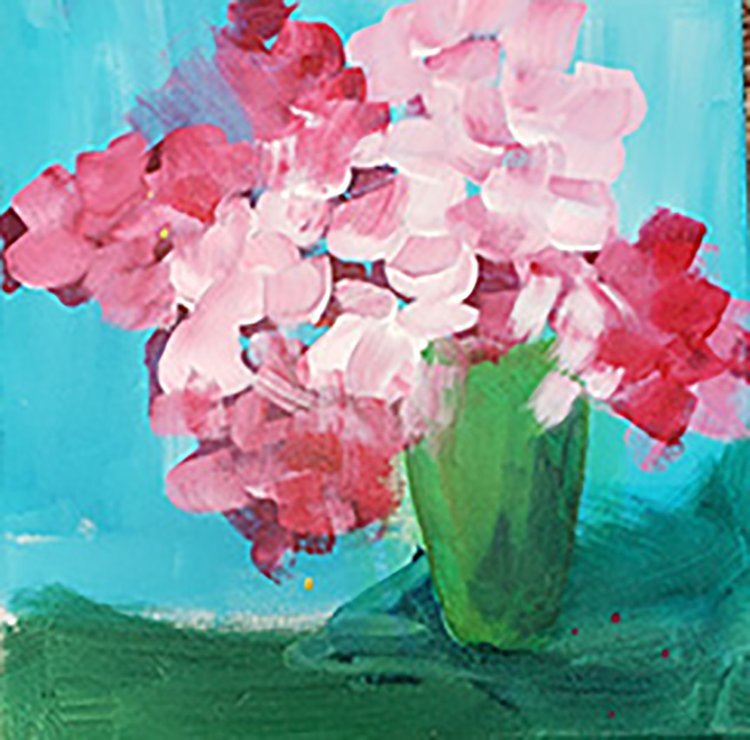The Two Stages of Painting
February 21, 2022 Sue Dion
I believe that every painting should progress through two distinct stages. Those stages are the play stage and the critique stage. As a painter whose style leads toward expressionism, the play stage is a bit easier to enter into. I’m not saying that you shouldn’t necessarily have a plan but what I try to get across in this first stage is the feeling of the work. I tend to begin with a certain color scheme in mind and the general positioning of the big shapes. Then I jump in. I also find it best to pause between the playing and critiquing stages and spend a few days observing the work casually. This typically gives me an idea of what I want to build on and what I might want to eliminate.
For the next few months I plan to focus on finishing up some of my unsuccessful paintings.
This will involve working through the second stage; The Critique.
This week I chose 3 paintings to consider which is a wonderful first step. I recommend you chose three different paintings and prop them up for a day or two of reflection. Typcially, one will inspire you to move forward with it.
The first things that I tend to think about when I am critiqing a painting are color, value and chroma. Here are some of the things I consider:
Color
What is the primary color in the painting, what is the secondary color? Is there an uneven ratio of these colors? One color should be dominant. If it’s not, start there.
Is there at least one complementary pair in the painting? If not, add that.
Am I using cool and warm colors to describe depth in the painting? Remember, cool colors recede while warm colors come forward.
Value
Take a photo of your painting and then remove all of the saturation or view through a red filter.
Look for a relationship between light and dark values? Is there a predominance of one? There should be.
Look for the area of lightest light and darkest dark. Is this in your focal point…if not adjust.
Do the dark values in your painting lead the eye on an interesting path? They should.
Chroma
Chroma refers to the purity or intensity of a color
Are you using chroma to describe depth? More intense colors come forward while muted colors recede.
Are your purest most intense colors in your focal area? If not, adjust
I felt that this painting was just too saturated and bright so my first step was to get some more muted colors in there.
Next, I began to think about my shapes and creating variety there.
More on THAT in my next blogpost!

